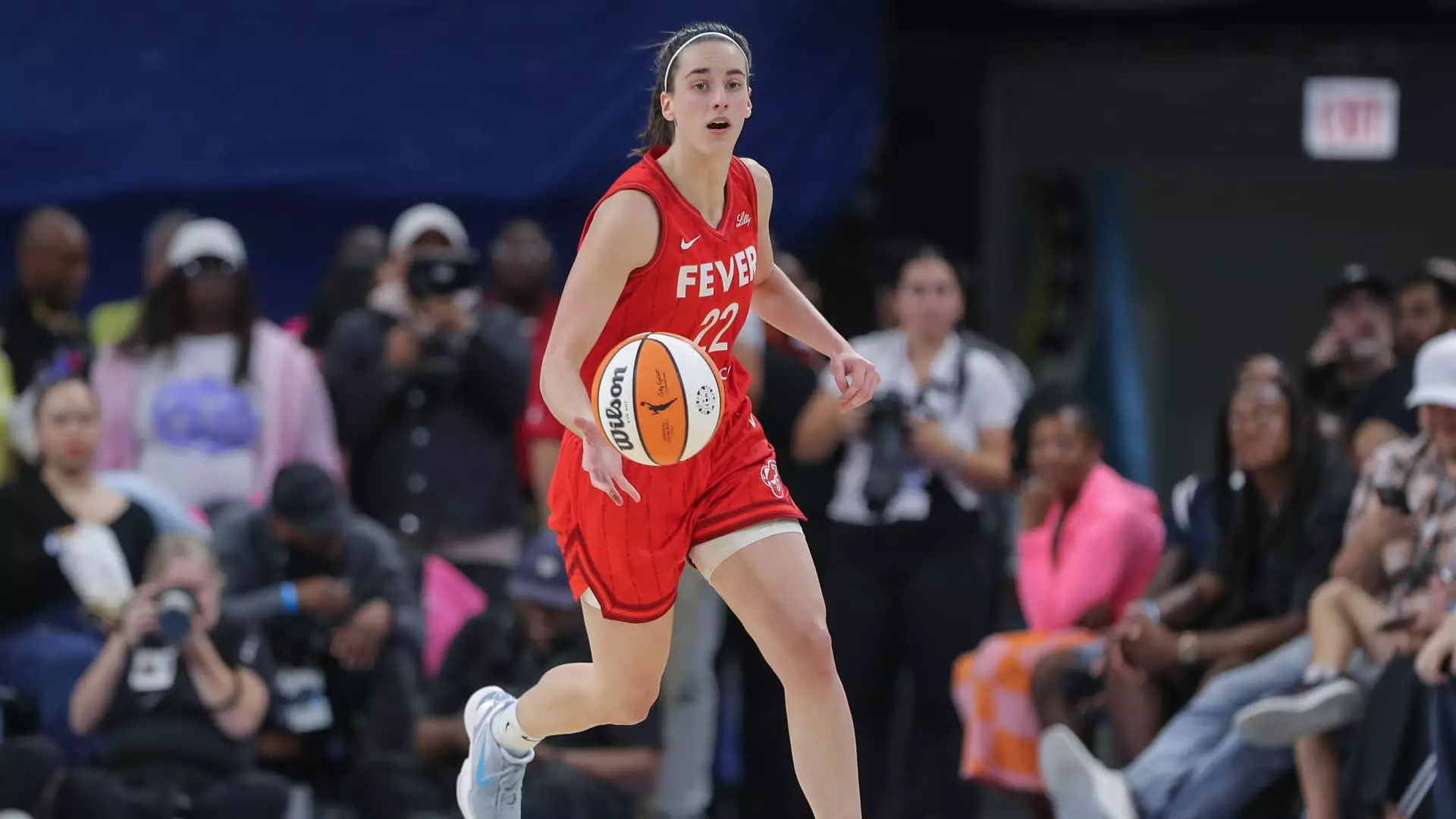The recent multiyear media rights agreement between the WNBA and E.W. Scripps heralds a momentous era for women’s basketball. As more viewers gravitate toward female sports, the deal amplifies not only the games but also the stories and experiences of the players involved. This partnership ensures that WNBA matchups will now be a Friday night staple on Ion, allowing fans to relish high-stakes games while celebrating the talents of athletes like Caitlin Clark and Angel Reese.
The shift in viewership dynamics represents more than just an increase in audience numbers; it showcases the burgeoning relevance and desirability of women’s sports in a landscape that has long favored male-dominated sports coverage. The staggering 133% year-over-year growth in viewership is a testament to the league’s momentum and the potential for further expansion.
Media in the Modern Age
While traditional sports broadcasting has relied heavily on established forms of media, the WNBA’s commitment to engaging alternative outlets illustrates an understanding of the contemporary viewing habits of a younger, diverse audience. By partnering with Ion, a network that appeals to a broad range of socio-economic groups through both streaming and traditional cable television, the WNBA is making strides in accessibility—a key factor in increasing viewer engagement.
The introduction of the “WNBA on Ion” studio show is particularly noteworthy, as it marks the league’s inaugural weekly broadcast dedicated exclusively to its games. This concept is a bold move that recognizes the need for consistent, focused content about the league, something that has been sorely lacking in previous years. Media outlets need to own the narrative instead of simply reporting on it.
A Missed Opportunity for Further Inclusivity
While this partnership is commendable, it raises a critical point about professional sports and their potential for broader inclusion. The deal’s undisclosed financial terms suggest that despite the league’s growth, there’s still a long way to go in achieving equal valuation compared to their male counterparts. It’s disheartening that women’s athletics are often treated as a secondary market. One hopes that as partnerships like the one with Ion blossom, they pave the way for more equitable resources and pay structures for female athletes.
The WNBA has also been proactive in pursuing substantial media rights deals—like the mammoth $200 million arrangement with industry giants like Disney and Amazon. However, mere monetary value does not translate to the quality of content and the depth of coverage that female sports deserve. It is imperative that sports media uplift and fully invest in the narratives of female athletes beyond mere games scores and statistics.
Looking Forward: A Promising Future
The WNBA’s expansion and adaptation in an increasingly digital landscape could potentially redefine how women’s sports are perceived and consumed. As new audiences continue to engage, evolving media partnerships like this one hold the promise of not just increased viewership, but a genuine cultural shift. Both the league and Ion have the chance to inspire a new generation of athletes and fans to embrace women’s sports fervently. The excitement radiating from this partnership is palpable and sets a precedent for how women’s sports coverage can flourish in the future. What remains to be seen is whether those involved in this exciting venture will seize the moment and drive toward a more inclusive and celebrated future for women in sports.

Leave a Reply